The City of Edinburgh Council has announced its new Proposed City Plan 2030, which sets out a sustainable future direction of development in the city.
The proposed City Plan 2030 will address: Climate change; Affordability; Providing more homes; Providing more jobs; How people move around.
This proposal is a comprehensive and bold plan to make sure future development in Edinburgh is sustainable, meets the needs of Edinburgh's growing population and communities and helps the city achieve its Net Zero 2030 ambition.
The report on the proposed City Plan 2030 will be considered by the City of Edinburgh Council's Planning Committee next Wednesday (29 September).
This proposed plan for the next ten years sets out how areas of the city will be linked together building on existing transport networks as well as making full use of education and healthcare facilities already embedded in communities across the Capital. Resetting the direction of development to bring about a joined-up city rather than spreading outwards also provides a positive and sustainable step for future decades to come.
Edinburgh's population is rising, and people are making huge changes in the way they live their lives due to the global climate emergency and the current health pandemic.
Future development would be managed through the preferred approach set out in the 'Choices for City Plan 2030' document, which went through a major consultation exercise with Edinburgh residents and stakeholders.
The proposed plan will support the Scottish Government's 20-minute walkable neighbourhood plans as well as directing development to and maximising the use of brownfield rather than greenfield land.
In the west a new mixed-use neighbourhood is to be created, well served by existing infrastructure, with the tram line running through as well as an adjacent station, in an area previously designated largely for business development in the 2016 plan.
New neighbourhoods on brownfield land at the Forth Waterfront will also be taken forward.
Land has also been designated for new developments at Seafield, Redford Barracks, Astley Ainslie, Edinburgh BioQuarter, Liberton Hospital, Bonnington, Fettes and other major sites across the city.
The draft plan also sets out how the Council will deliver land to meet Edinburgh's housing needs over the next decade, securing a minimum contribution of 35% affordable housing from any new development as well as policies to help manage the number of short term lets (STLs) operating in the city.
In addition to the plan, a consultation is running separately at the moment asking for views on 'the whole of Edinburgh becoming a 'STL control area'. If agreed by the Council and the Scottish Government, it would mean all residential properties in Edinburgh, which are not an owner's principal home, being let as STLs in their totality would require approval of a 'change of use' to operate them.
Councillor Neil Gardiner, Planning Convener, said: "This proposed development plan can recalibrate how development happens in this city, positively shaping how our Capital grows and changes over the next 10 years and beyond.
"Rather than growing forever outwards, the proposed plan focuses on developing new communities on brownfield land which mix living, working and leisure uses. These locations utilise and add to already existing infrastructure. This plan is about us as a city collectively making the right decisions now so that our residents can make reasonable and informed choices about how and where they live and how they get around in the future.
"City Plan 2030 has been developed taking on board the views of residents, businesses, and other stakeholders from across the city to help us meet our core priorities for Edinburgh: making Edinburgh a sustainable city, which supports everyone's wellbeing and enables our residents to access homes they can afford. The plan also facilitates travel options and networks so that residents won't have to own a car to move around, while having every opportunity to share in their city's success.
"Our proposal of mixed-use communities in the plan aligns to Scottish Government's 20-minute neighbourhood vision, which is especially relevant now as the global pandemic continues to make massive changes to the way people live their lives. This includes how we all use and appreciate green spaces with the health and well-being benefits they bring.
"Community resilience also includes easy access to facilities and neighbourhoods need a mixture of services within easy reach such as shops, health and education, as well as the potential to find a job near where you live.
"We also need to rethink how we accommodate our growing population and I believe that our emphasis on prioritising brownfield land and making the best use of the limited space we have is the right approach.
"In the west a new neighbourhood with a mix of uses within easy walking distance is to be created. This is also well served by existing infrastructure, with the tram running through the community as well as a mainline station. This area was previously designated largely for business development in the 2016 plan.
"Other significant sites across the city will all require masterplans ensuring that in each case the whole is much more than the sum of the parts, better meeting the needs of new and existing communities.
"Going forward we need to work with developers asking them to rise to the challenges of rapid climate change and finite resources. Developers need to think more carefully about location, using the land we have available effectively, with sustainable design. This proposed plan better connects existing communities through development of underused brownfield land. We need to protect Edinburgh's beautiful green setting from the Pentlands to the Forth, increase biodiversity, physical and mental wellbeing, reduce flooding and other climate impacts, and improve air quality.
"Developers will need to make sure that one third of their houses in residential developments are affordable. We will also continue the city's own programme to build affordable housing.
"Edinburgh currently has almost a third of all STLs in Scotland, policies included in the plan help us to take further action and manage these. This quantity of commercial use puts pressure on house prices and rents and takes much needed houses out of supply as well as causing issues such as anti-social behaviour, leaving hollowed out communities.
"Last year, we set out bold preferred options in 'Choices for City Plan 2030', alongside other viable alternatives which were considered during the public consultation. This had a massive response with around 1,800 contributions. I'd like to thank everyone again who submitted their views. We've listened carefully to the feedback provided and through regular meetings working with colleagues across all political parties throughout this process, I'm hopeful through this proposed plan we can agree on a positive way forward for Edinburgh at committee next week."
Councillor Maureen Child, Planning Vice-Convener, said: "To meet our ambitious climate change target and become a carbon neutral city by 2030, as the city continues to grow, we must develop differently in the future and our proposed plan sets out how all houses and other buildings will need be much more energy efficient.
"We're already committed to building 20,000 affordable and low-cost homes by 2027 but the city desperately needs more housing. That's why our proposals put particular emphasis on land for housing and affordable homes. We'll also make sure that we protect people's homes by making sure appropriate flood defences are in place for all new developments as we're fully aware of the risk of flooding and the other impacts of climate change.
"Our rising population and the climate emergency were already posing huge challenges for us as a Council and the current health pandemic has greatly accelerated many changes to our lives - I believe our proposed plan takes account of these major societal transformations we're currently experiencing.
"Connectivity is of course central to our success and our other aim is to guide development towards areas where facilities such as schools and healthcare centres already exist. Where these need to be developed we'll listen to the needs of communities, taking them with us, as new neighbourhoods develop. Our Transport and Environment Committee has also already agreed our City Mobility Plan designed to improve sustainable transport over the next decade."
Councillors on the Planning Committee will consider the proposed City Plan 2030 next Wednesday (29 September) before final representations are sought. These will be considered by the Council before it is submitted to the Scottish Government for Examination. The Council can then consider adopting the plan to shape how the city develops over the next 10 years.
Construction News
24/09/2021
Proposed Edinburgh City Plan 2030 Announced
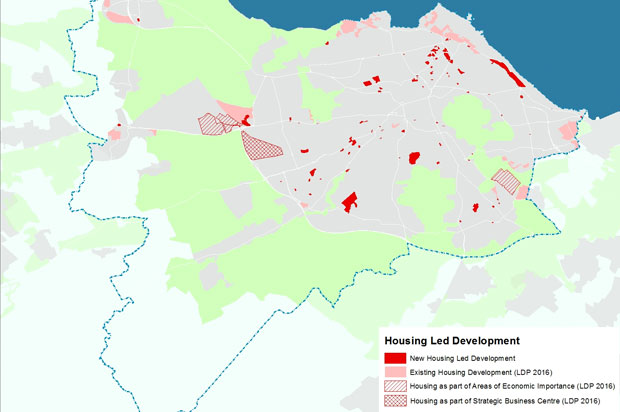
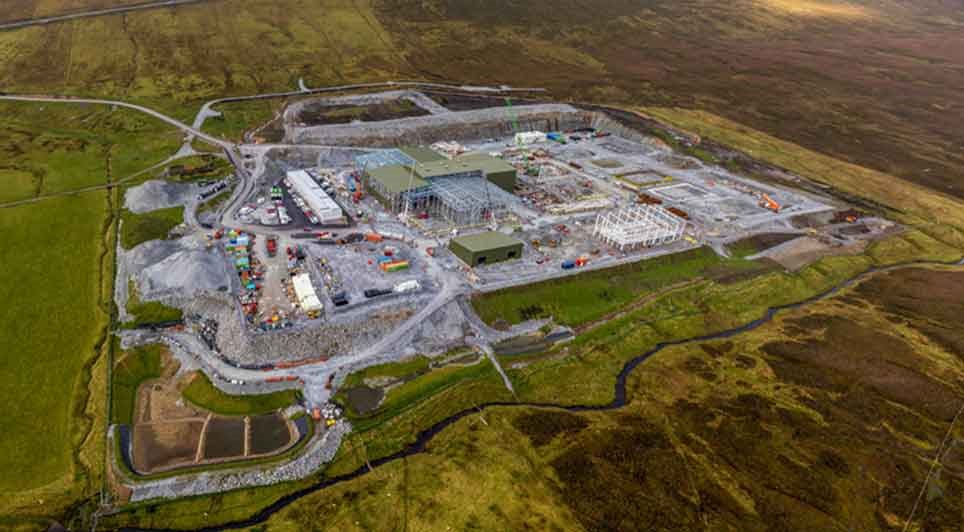
17/06/2025
Sypro has announced a major milestone in its long-standing partnership with SSEN Transmission, having now managed over £5 billion in contracts supporting the UK’s critical energy infrastructure across more than 250 projects in the north of Scotland.
For more than a decade, Sypro's digital contract
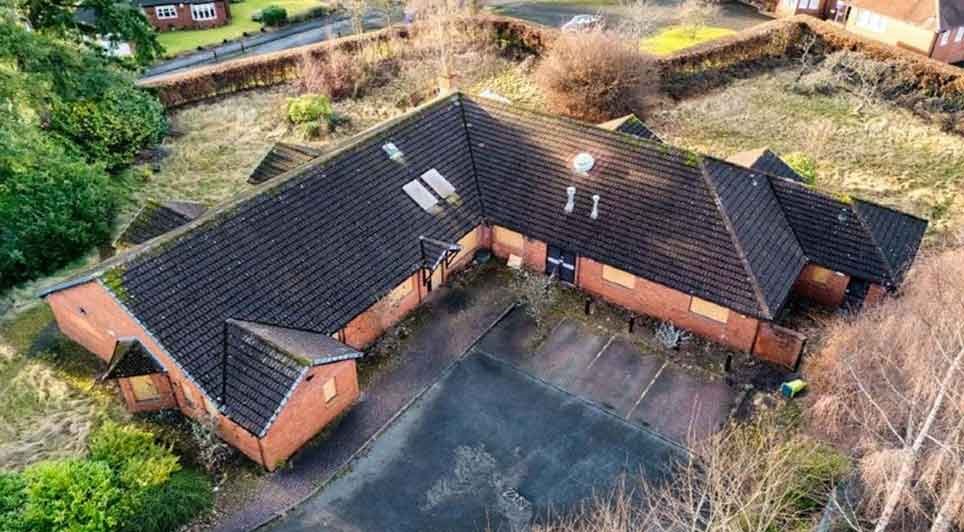
17/06/2025
Stirling Council has approved the sale of the former Beech Gardens Care Home in Torbrex.
At a recent council meeting, Urban Nest Scotland Ltd was confirmed as the preferred bidder. The company plans to redevelop the vacant site for private residential use, with proposals that aim to complement the
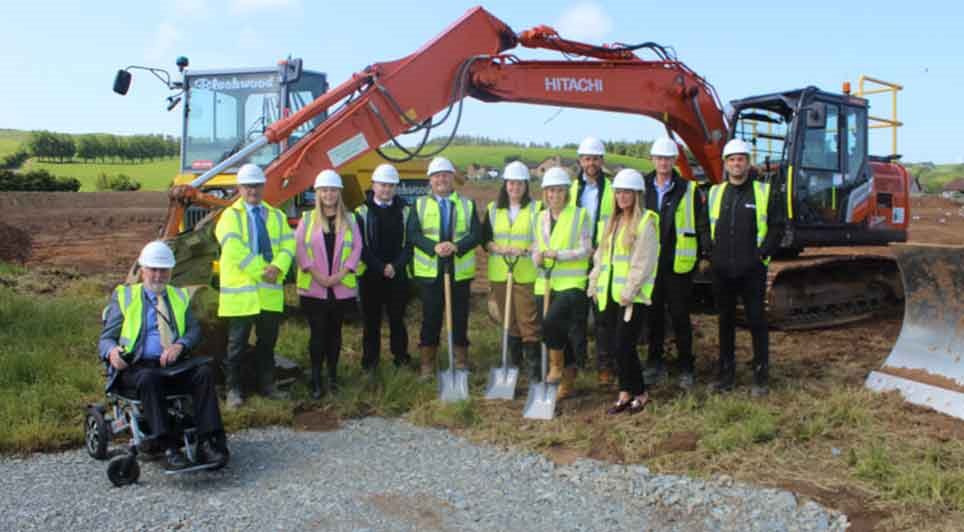
17/06/2025
Two sod-cutting ceremonies have marked the official start of new housing developments in the west of Dumfries and Galloway, as Wheatley Homes and McTaggart Construction begin delivering vital social housing in Stranraer and Leswalt.
The ceremonies celebrated the beginning of construction on two sit

17/06/2025
Fife Council is inviting residents to take part in a public consultation on short-term lets, seeking views on the potential introduction of Short-Term Let Control Areas across the region.
The consultation, now open, aims to gather public opinion on whether areas should be designated where planning

17/06/2025
Highland charity DAY1 is exploring opportunities for an ambitious new centre of learning, capitalising on the opportunities in construction and green energy revolution, expanding its services to support more disengaged youths across the Highlands
Since 2005, the Inverness-based charity has been pro
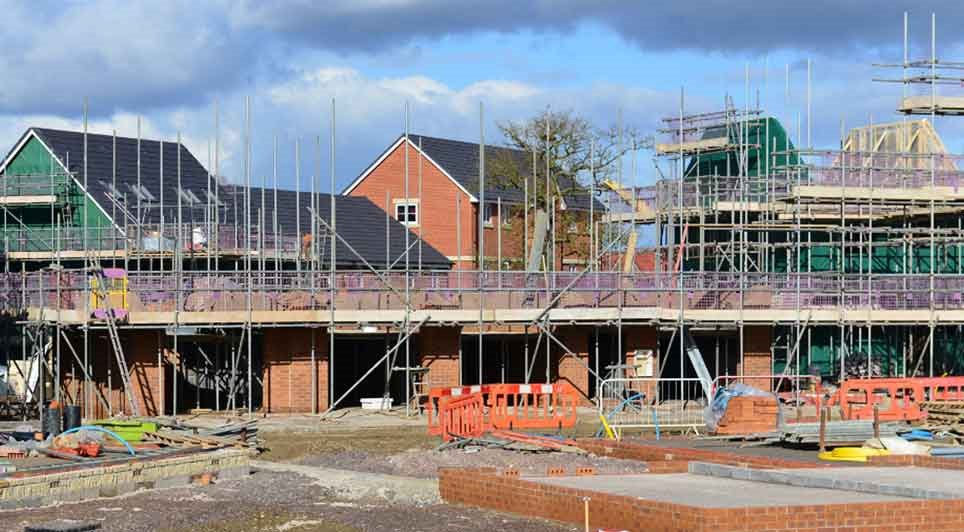
17/06/2025
AS Homes (Scotland) has secured planning permission from East Renfrewshire Council for a new social housing development in partnership with Barrhead Housing.
The project will see 12 new flats built for social rent on Cross Arthurlie Street, a brownfield site near Barrhead Park and the town's train
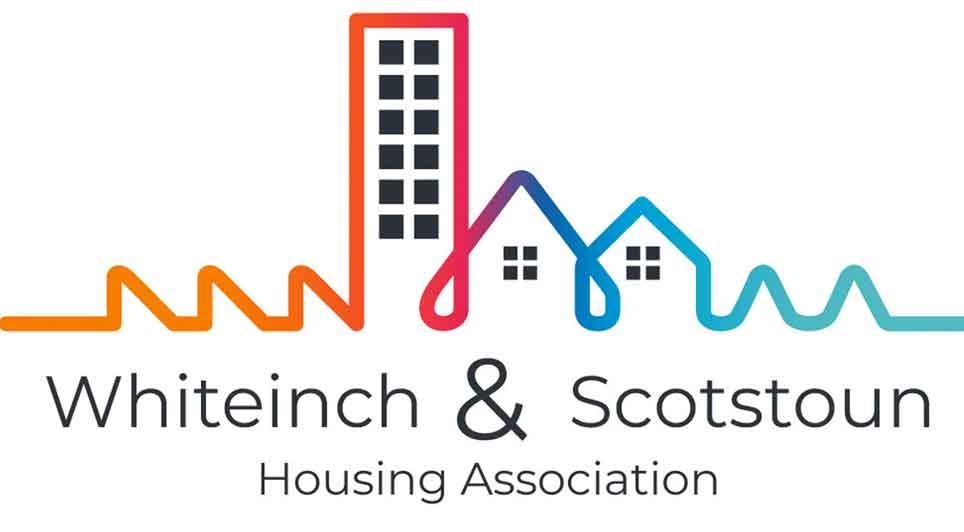
17/06/2025
Whiteinch & Scotstoun Housing Association (WSHA) has officially launched its new business plan for 2025–2030, outlining a bold and community-focused vision to strengthen its role as both a leading housing provider and a key anchor organisation within the local area.
The five-year strategy sets out

17/06/2025
Balfour Beatty has announced the appointment of Nick Rowan as Managing Director of its UK Construction Services Regional Scotland business, effective from 4 August 2025.
Rowan, who began his career with Balfour Beatty 30 years ago as a Graduate Surveyor, steps into the top regional role following a
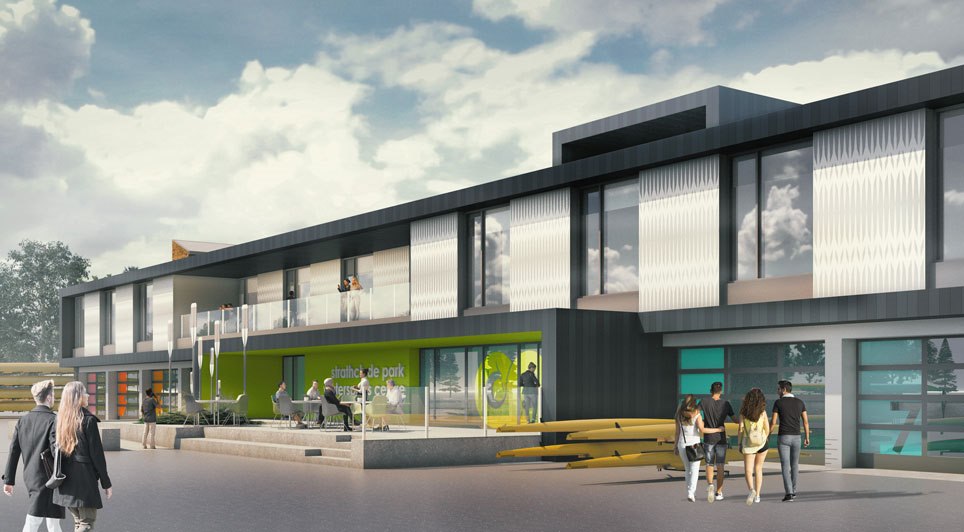
16/06/2025
Work has commenced on a major project to transform the Watersports Centre at Strathclyde Country Park into a multi-purpose community facility, with an ambitious target to reduce the building's carbon footprint by at least 80%.
The initial stage, focusing on improving the building's entrance and ac

16/06/2025
Work is expected to commence this summer on the site for the new Mayfield Community Learning Campus, following Midlothian Council's appointment of Kier as the main contractor.
The £41.8 million project is expected to complete its construction phase by spring 2027, with the overall campus fully ope
 Scotland
Scotland UK
UK Ireland
Ireland London
London










